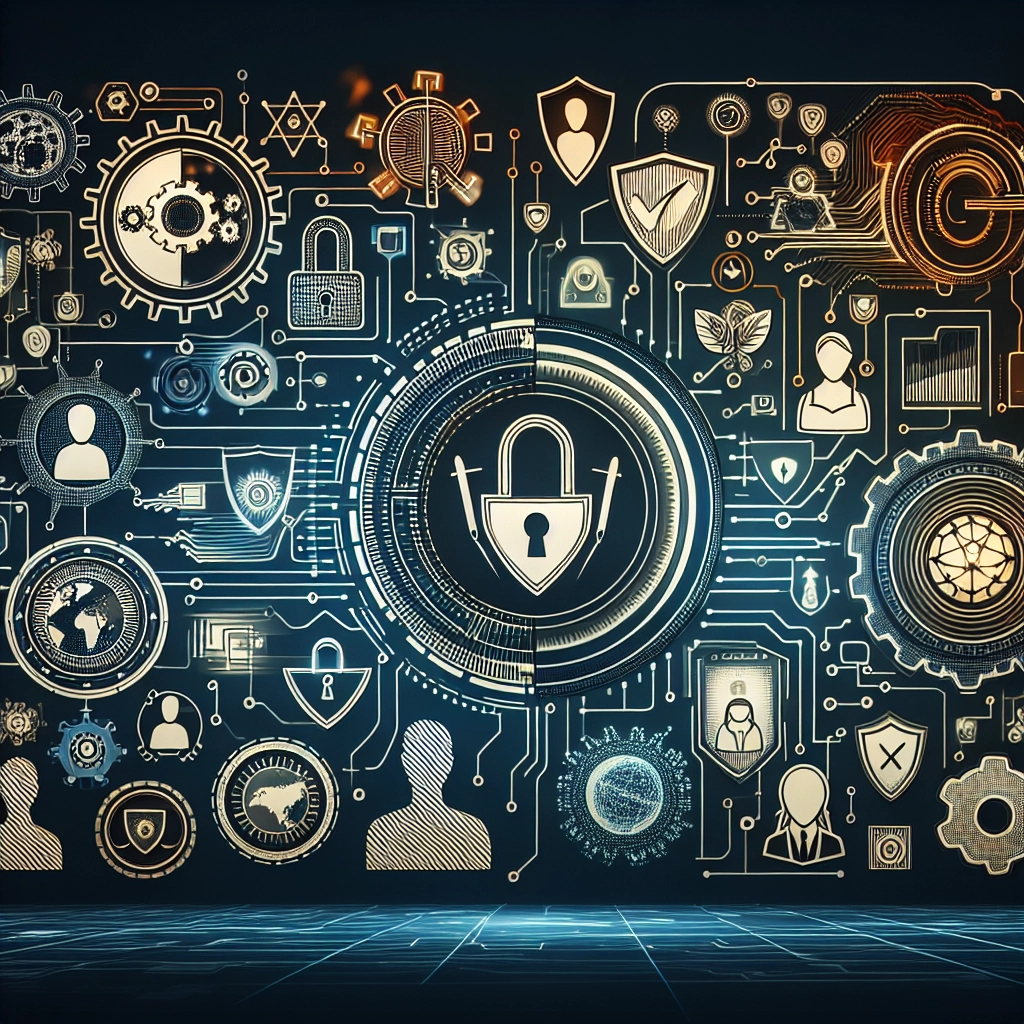
- Published on
- Authors

- Name
- ric de yuga 😄
What is ICAM?
💻 ICAM stands for Identity, Credential, and Access Management. It is a holistic approach to managing digital identities, ensuring that only authorized individuals can access certain resources. This involves verifying an individual's identity, granting the right credentials, and managing their access to various systems and resources.
Why is ICAM Important?
💥 With the proliferation of digital resources, ensuring the right people have access to the right resources at the right time has become crucial. ICAM not only fortifies security by preventing unauthorized access but also streamlines operations by ensuring users don't face unnecessary access barriers.
Key Components of ICAM
🛡️ ICAM is a comprehensive approach, and its efficiency is rooted in its multiple components:
- 🔥 Identity Management: This involves creating, maintaining, and deleting user identities in a system.
- 🌍 Credential Management: Once an identity is verified, credentials (like passwords, tokens, or biometrics) are assigned.
- 💻 Access Management: This governs what resources a verified identity can access.
Maximizing Security with ICAM
To leverage ICAM for optimal security, consider the following tips:
- 🔄 Regularly update and review user identities.
- 🔒 Implement multi-factor authentication for added security.
- 🕵️ Monitor access logs to detect any unusual activity.
- 📚 Educate employees and users about the importance of secure credentials.
Conclusion
💻 As cyber threats continue to evolve, adopting robust strategies like ICAM becomes imperative. By ensuring rigorous identity verification and real-time monitoring, organizations can fortify their security posture while also providing users with a seamless experience. Stay a step ahead with ICAM! 🛡️
